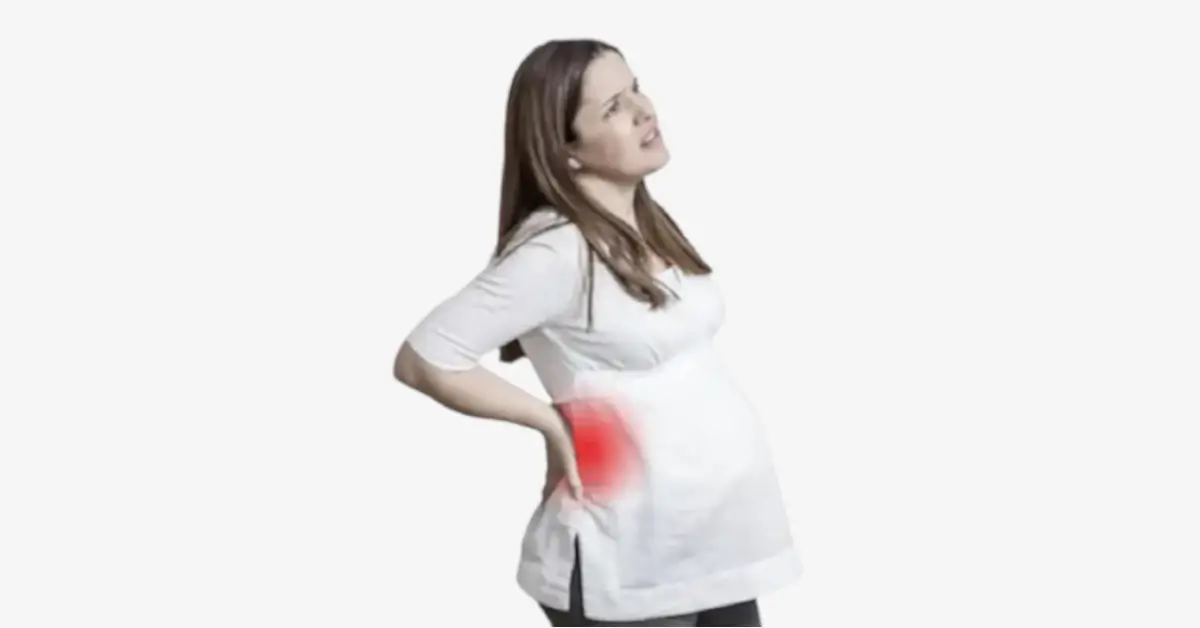Back pain during pregnancy is so common that up to a full 75% of women will suffer from it by the 36th week of pregnancy. Often, back pain will resolve itself following delivery, but it is still difficult to live with during the many months of pregnancy. That’s why it is important to recognize the causes and prevention steps of pregnancy-related back pain.
There are two main types of pregnancy-related back pain: lumbar pain and posterior pelvic pain. Lumbar pain is located in the lower back, and is generally felt above the waist and in the center of the back. If this pain radiates into the leg or foot, it is likely a sign of sciatica.
Pain in the back of the pelvis, called posterior pelvic pain, is four times more likely to be encountered during pregnancy than lumbar pain. This pain is located below and to the side at the waistline, and/or below the waistline on either side across the tailbone. Posterior pelvic pain can be felt on one or both sides.
The common causes of pregnancy-related back pain are due to various factors. As the abdominal muscles are stretched to accommodate the fetus, they are unable to perform their normal role of maintaining body posture. In addition, the lower back is forced to support the extra weight of the body’s torso. Also, the center of gravity changes with the expanding girth. It may also be the case that the shifting of weight puts pressure on a nerve. In addition, extra weight puts increased stress on muscles and joints. As the day wears on, these factors obviously accumulate and thus you may feel pain particularly at these later times.
Relaxin, the hormone that is present at 10 times the normal level during pregnancy, is meant to relax the pelvic joints so that the baby can pass through the birth canal. However, relaxin also causes abnormal motion in other joints of the body, which can result in pain such as that experienced in the back.
There are several pre-existing factors that may impact pregnancy-related back pain. If you suffered with any sort of back pain before becoming pregnant, then it may worsen. Also, if you had an injury, poor posture, experienced back pain in a prior pregnancy, are carrying twins or more, and/or are overweight, you may experience an increase in back problems.
Conversely, if you are fit before becoming pregnant, especially if you have strong core muscles, you are less likely to suffer back pain. Having an active lifestyle is also generally helpful in avoiding back pain.
Here are some steps you can take for a back pain free pregnancy:
- Strengthening – Gentle exercises designed to strengthen the abdominal muscles, back muscles, pelvic floor, buttocks, and thigh muscles can increase stability and effectively help prevent and decrease back pain.
- Stretching – Stretching increases both blood flow and flexibility. The best places to stretch for back pain are the back, hamstring (in the back of the thighs), and chest and neck muscles.
- Swimming – Water exercise, such as swimming, enables cardiovascular and flexibility benefits without the risks of land exercise, and also allows you to feel weightless despite extra pounds. The water also protects you from overheating and supports your joints and ligaments as you exercise, preventing injury.
- Posture – As the fetus grows, posture tends to become unbalanced. Remember to be conscious of good posture habits: stand up straight; keep your shoulders back and relaxed; don’t lock of your knees. Also, when you sit, choose a chair with back support and put your feet up on a low foot-rest if possible.
- Comfortable Shoes – Choose supportive but not necessarily flat shoes. Some women’s feet grow up to an extra size during pregnancy, so get professionally measured before you decide on a shoe.
- Rest & De-Stress – Generally, make sure to stay as stress-free as possible, and get plenty of rest. Both assist to help keep pain at bay. In this regard, activities like yoga can combine the benefits of exercise with stress reduction.
- Pregnancy Belt – As your belly increases in size, you might find that a maternity support belt can take some of the strain off your lower back. Although research on the effectiveness of maternity support belts is limited, some women find the additional support helpful.
- Applying Heat and Cold – With permission from your health care provider, the application of heat and cold may help your back pain. Start with a cold compresses (such as a bag of ice or frozen vegetables wrapped in a towel) on the painful area for up to 20 minutes several times a day. After two or three days, switch to heat, such as a hot water bottle or heating pad on your back (note: do not apply any heat to the abdomen during pregnancy).
There are some signs of pregnancy-related back pain that should alert you to contacting your medical practitioner. These include if your back pain is severe or lasts more than two weeks; or if your back pain is accompanied by fever, vaginal bleeding, or burning during urination. Also, if you have pain in your lower back or on your side just under your ribs, on one or both sides, this may be a sign of a kidney infection.
If you are concerned about your back pain for any reason, it is a good idea to consult a medical professional.
At The Center for Pain Management, the expert doctors and staff are dedicated to providing a full range of diagnostic and treatment services for back pain. This includes both non-operative treatments and lifestyle recommendations.

